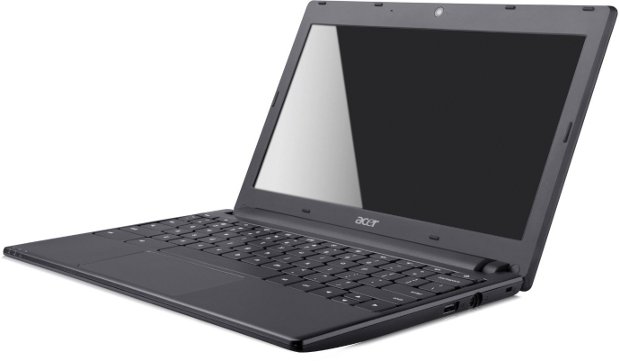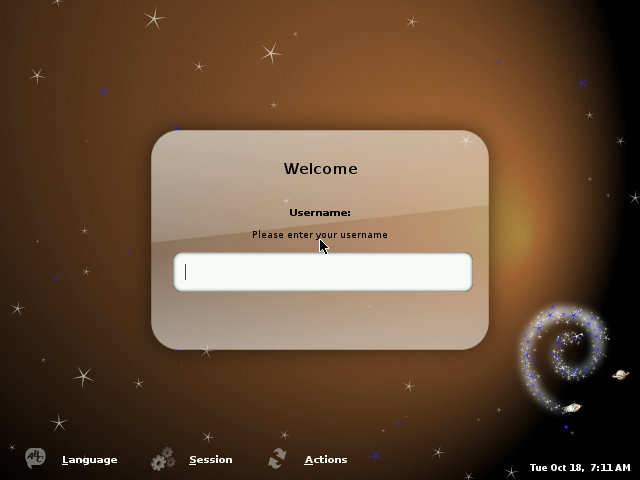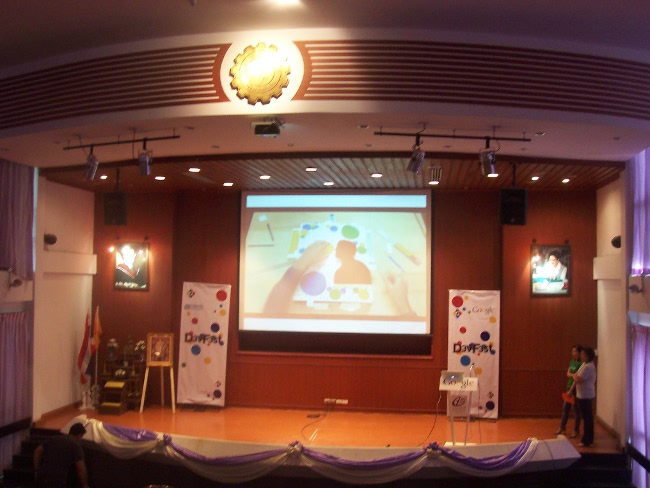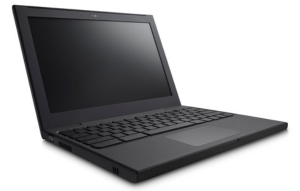Google announced that the Wi-Fi only version of the Samsung Chromebooks Series 5 and Acer Chromebooks will drop by 50 USD to to 300 USD. Apparently the Chromebooks sales are not going so well. This may be improving however, as the Samsung Series 5 Wi-Fi 12.1-Inch Chromebook currently ranks 25 in Netbooks (Amazon US) and Acer AC700-1099 Chromebook (Wi-Fi) ranks quite well (maybe after the discount) at position 9 in Netbooks. Still, even after this discount, it seems difficult to justify the price compared to a “real” netbook with hard disk (the Chromebooks use the cloud for storage) and a few other extra features. I have an Acer Aspire One AOD255E that now costs 279 USD on Amazon with a 250 GB hard disk running Windows 7 starter. Unless the Chromebooks price is reduced to about 200 USD I don’t really see it selling like hot cakes even though they […]
WebP Image Format Could Replace JPEG, PNG and GIF
In September 2010, Google announced the WebP image format with lossy compression. Since last month, WebP can also support animation, ICC profile, XMP metadata and tiling. Today, it announced lossless compression and transparency support. WebP could be used as an alternative to JPEG, with 25–34% better compression compared to JPEG images at equivalent SSIM index as well as PNG as it now supports lossless compression and transparency – also known as alpha channel – in both the lossless and lossy modes. On average, Google got a 45% reduction in size when starting with PNGs found on the web, and a 28% reduction in size compared to PNGs that are re-compressed with pngcrush and pngout. Photos typically encoded as JPEG can be encoded in WebP lossy mode to achieve smaller file size. Icons and graphics can be encoded better in WebP lossless mode than in PNG. WebP lossy with alpha can […]
Using Raspberry Pi as an Internet Kiosk
Following up on this morning post explaining how to get the kernel and minimal rootfs to run debian in qemu emulating an ARM1176 processor, I’ll show how to make a minimal rootfs to run Chrome browser in this platform. I tested it in QEMU, but this should also run on the Raspberry Pi hardware. First, you’ll have to complete the step I provided in Raspberry Pi Emulator in Ubuntu with Qemu. Start qemu: sudo qemu-system-arm -M versatilepb -cpu arm1176 -m 256 -hda rootfs.ext2 -kernel zImage -append “root=/dev/sda” -serial stdio Once you login to the console as root, create a new user (e.g guest): adduser guest This user will be needed to login with the graphical interface and ssh. In order to get an Internet Kiosk, we’ll need a web browser (Chromium) and a window manger. I chose fluxbox instead of gnome because of the size difference (8651 KB vs 1739 […]
Cross-compiling Berkelium (and Chromium) for ARM
Berkelium is a BSD licensed library that provides off-screen browser rendering via Google’s open source Chromium web browser. It takes advantage of Chromium’s multiprocess rendering to isolate browsers from each other and can render to any buffer in memory. The user of the library can inject input and javascript code into web pages to control them, as well as listen for events generated by the page such as navigation events, load sequence events and paint events. Berkelium provides a small API for embedding a fully functional browser into any application. This library is used by Xibo Digital Signage Player python client. I’ll give the instructions I followed to build Berkelium and Chromium for ARM. For now the build works, but I have a problem running berkelium in the emulator. First, you’ll need to install some tools and the development version of some libraries: sudo apt-get install git-core subversion cmake doxygen […]
HTML5 Bleeding Edge – Google Devfest Chiang Mai 2011
GTUG Thailand has uploaded 2 videos that recorded HTML5 Bleeding Edge presentation by Eric Bidelman at Google Devfest 2011 in Chiang Mai, Thailand on September, 24 2011. This presentation focuses on what’s new on HTML5 including WebSockets, messaging, and rich media APIs like the Web Audio API. A summary of this presentation is available here. The presentation slides are available at http://bleedinghtml5.appspot.com and the instructions to retrieve code are given at http://code.google.com/p/bleedinghtml5/ Jean-Luc Aufranc (CNXSoft)Jean-Luc started CNX Software in 2010 as a part-time endeavor, before quitting his job as a software engineering manager, and starting to write daily news, and reviews full time later in 2011. www.cnx-software.com
Summary of Google Devfest 2011 Chiang Mai, Thailand
I attended Google Devfest 2011 in Chiang Mai, Thailand last Saturday (24 September 2011) . This was really interesting and enlightening. So if are a developer, I really recommend to register to a Devfest if Google comes to your city. I was relatively surprised by the number of attendees which I estimate between 150 to 200. This Devfest focused on three main subjects: Android HTML5 (and Chrome) Google Analytics Please find the complete schedule below: Track 1 Track 2 09:00 – 09:30 Keynote 09:30 – 10:30 Android Market for Developers (Ankur Kotwal) 10:30 – 11:00 AM Break 11:00 – 12:00 Bleeding Edge HTML5 (Eric Bidelman) 12:00 – 13:00 Implementing Google Analytics (Vinoaj Vijeyakumaar) 13:00 – 14:00 Lunch 14:00 – 15:00 What’s New and Important in Android (Ankur Kotwal) Displaying Large Geographic Datasets: Google Fusion Tables (Luke Mahe) 15:00 – 16:00 These Aren’t the Site You’re Looking For: Modern HTML5 Web Apps (Eric Bidelman) Working Off the Grid: HTML5 Offline (Ernest Delgado) 16:00 – 16:30 PM Break 16:30 – 17:30 Insights […]
Google Chrome Notebook Cr-48 and Chrome OS Update
After unveiling Google Nexus S and Android 2.3, Google lifted the lid on its reference notebook codenamed “Cr-48″ and provided updates about Chrome OS. This notebook features a 12.1” monitor and runs Chrome OS on an Intel platform. The Cr-48 Chrome Notebook is only designed for Chrome OS pilot program and will be distributed free of charge to selected organization and users in the United States. Here’s an excerpt from Google Chrome OS website: Each participant in the Pilot program will receive a Cr-48 Chrome notebook; in return, we’ll expect you to use it regularly and send us detailed feedback. Sound interesting? Please note: Chrome OS is for people who live on the web. It runs web-based applications, not legacy PC software. The Pilot program is not for the faint of heart. Things might not always work just right. The Pilot program is open to individuals, businesses, schools, non-profits and developers based […]







